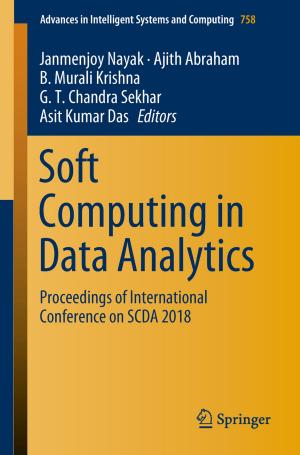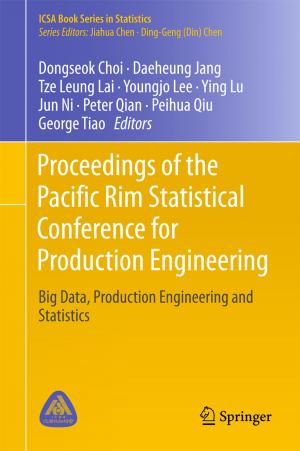Descriptive Data Mining
Nonfiction, Computers, Database Management, Business & Finance, Industries & Professions, Industries| Author: | David L. Olson | ISBN: | 9789811033407 |
| Publisher: | Springer Singapore | Publication: | December 9, 2016 |
| Imprint: | Springer | Language: | English |
| Author: | David L. Olson |
| ISBN: | 9789811033407 |
| Publisher: | Springer Singapore |
| Publication: | December 9, 2016 |
| Imprint: | Springer |
| Language: | English |
This book offers an overview of knowledge management. It starts with an introduction to the subject, placing descriptive models in the context of the overall field as well as within the more specific field of data mining analysis. Chapter 2 covers data visualization, including directions for accessing R open source software (described through Rattle). Both R and Rattle are free to students. Chapter 3 then describes market basket analysis, comparing it with more advanced models, and addresses the concept of lift. Subsequently, Chapter 4 describes smarketing RFM models and compares it with more advanced predictive models. Next, Chapter 5 describes association rules, including the APriori algorithm and provides software support from R. Chapter 6 covers cluster analysis, including software support from R (Rattle), KNIME, and WEKA, all of which are open source. Chapter 7 goes on to describe link analysis, social network metrics, and open source NodeXL software, and demonstrates link analysis application using PolyAnalyst output. Chapter 8 concludes the monograph.
Using business-related data to demonstrate models, this descriptive book explains how methods work with some citations, but without detailed references. The data sets and software selected are widely available and can easily be accessed.
This book offers an overview of knowledge management. It starts with an introduction to the subject, placing descriptive models in the context of the overall field as well as within the more specific field of data mining analysis. Chapter 2 covers data visualization, including directions for accessing R open source software (described through Rattle). Both R and Rattle are free to students. Chapter 3 then describes market basket analysis, comparing it with more advanced models, and addresses the concept of lift. Subsequently, Chapter 4 describes smarketing RFM models and compares it with more advanced predictive models. Next, Chapter 5 describes association rules, including the APriori algorithm and provides software support from R. Chapter 6 covers cluster analysis, including software support from R (Rattle), KNIME, and WEKA, all of which are open source. Chapter 7 goes on to describe link analysis, social network metrics, and open source NodeXL software, and demonstrates link analysis application using PolyAnalyst output. Chapter 8 concludes the monograph.
Using business-related data to demonstrate models, this descriptive book explains how methods work with some citations, but without detailed references. The data sets and software selected are widely available and can easily be accessed.















